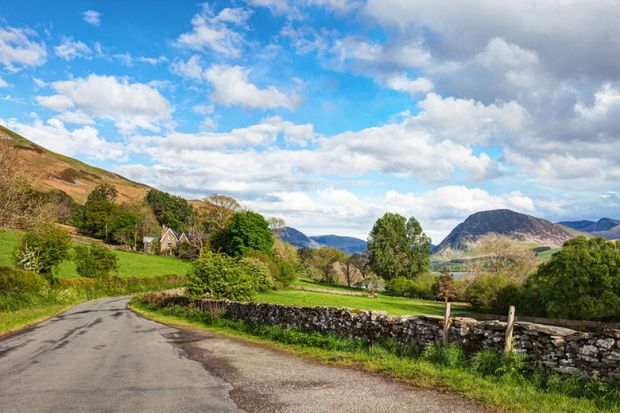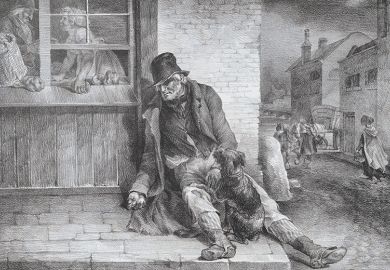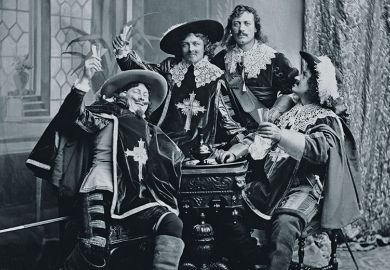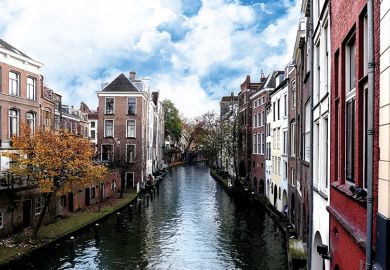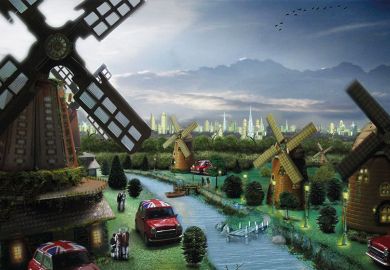It is a brave move to title a book The Last Utopians and then to name them – especially when all four were born in the 19th century. But that is just what Michael Robertson has done, and it is sure to raise some eyebrows within the growing, 21st-century field of utopian studies.
Has nothing of significance been written on Utopia in the 20th and 21st centuries? (Yes, there has.) Have we no more need to think about a better world? (Yes, we do.) Is Utopia over? (No, it is not.) But then again, many scholars are deeply and all too frequently irritated when a peer reviewer for a journal or a monograph goes on about the book or article that they would have written (but didn’t) in its place, so I shall not repeat the crime here.
To be fair to Robertson, once one delves beneath the title and his headline selection of individual utopians, his approach makes sense. He does what he sets out to do and explains that his chosen four represent the “last” of the utopians because they were writing when public interest in utopian fiction was at its height.
From the turn of the 20th century, he contends, such writing took a dystopian turn. The book therefore focuses on four writers who enjoyed significant public and commercial success before dystopia took Utopia’s place, especially after the First World War.
The chosen four utopians are: Edward Bellamy (especially Looking Backward of 1888), William Morris (particularly News from Nowhere, 1890), Edward Carpenter (including Homogenic Love and Its Place in a Free Society of 1894) and Charlotte Perkins Gilman (including Herland, 1915). Robertson describes each of their Utopias in turn as “orderly”, “artful”, “homogenic” and “motherly”.
On the one hand, this is a diverse selection of American and British writers. They are united, on the other, not only by their considerable popular success but also by their interest in socialism, egalitarianism and harmony with nature. None, of course, was primarily an academic, nor (any more than Robertson himself) principally concerned with social or political utopian theory.
This is not a book aimed at specialists. Robertson examines the lives of Bellamy, Morris, Carpenter and Perkins Gilman, as well as texts, seeking to describe and explain what made their publications so successful at the time. A professor of English, he has a commendably clear and enjoyable literary style. It is always welcome to read a book from an academic press that is written to be understood rather than to impress.
So, were these really the “last” utopians? A concluding chapter that begins with “the anti-utopianism of the 20th century” may not appear to augur well. But then again, utopian cultural theory – certainly among scholars, if not writers of contemporary fiction – in both the 20th and 21st centuries continues to detect utopian longings embedded in all manner of possibly unexpected places.
As Robinson concludes, utopianism remains essential to society and crucial to a better future for us all. Let us hope, therefore, that reports of the “last” of the utopians are distinctly premature.
Richard Howells is professor of cultural sociology at King’s College London and the author of A Critical Theory of Creativity: Utopia, Aesthetics, Atheism and Design (2015).
The Last Utopians: Four Late 19th Century Visionaries and Their Legacy
By Michael Robertson
Princeton University Press 336pp, £24.00
ISBN 9780691154169
Published 13 June 2018
POSTSCRIPT:
Print headline: Thinkers in wonderland
Register to continue
Why register?
- Registration is free and only takes a moment
- Once registered, you can read 3 articles a month
- Sign up for our newsletter
Subscribe
Or subscribe for unlimited access to:
- Unlimited access to news, views, insights & reviews
- Digital editions
- Digital access to THE’s university and college rankings analysis
Already registered or a current subscriber?
